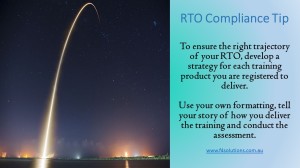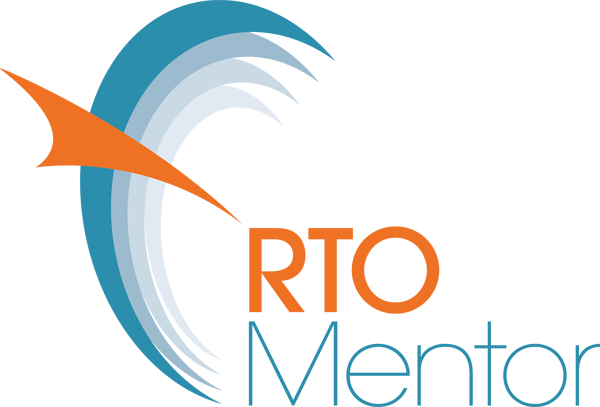Training and Assessment Strategies
Core to your Registered Training Organisation (RTO) is a Training and Assessment Strategies (TAS) for all of your training products. These serve as part of your operational planning. They aren’t just for the auditor to review once every 5 years! These strategies represent the action plan for delivering and assessing a particular training product. They tell your story. Your story on how, when, why and with whom you will train and assess.
You need to develop a TAS for each training product your RTO is registered to deliver, in a format of which you choose (there are minimum requirements – see the Users Guide). Describe in your TAS the qualification, or course and the desired outcomes of the training. Include the units of competency to be undertaken and describe the course structure, the assessments to be undertaken, resources to be used, how it meets industry requirements and the validation procedures that will be followed.
Different sorts
Different strategies may need to be developed for different delivery models or target groups.
Your TAS are dynamic documents and should be used by trainers, assessors, managers and admin staff and systematically updated. They serve as a tool for trainers to see what you do, for admin to understand a program, for an investor to see if your business is worth investing in, and for a client to see how you could provide training solutions for them. They form part of your continuous improvement and feedback through consultation. It needs to be regularly updated to take into account changes from industry consultation, legislation, and the training package itself, as well as the availability of resources within your RTO. Include in your TAS in just a few sentences how industry response has changed or supported the new version of your TAS.
The size and information in your TAS varies across RTOs and the specifics of their training product. Developing and maintaining Training and Assessment Strategies meets compliance with the Standards for RTOs 2015 (Standard 1). They show how learners meet the requirements of each unit of competency in which they are enrolled. The strategy must also be consistent with the advertising and other material you provide to prospective learners. The strategy may consist of multiple documents; however, there must be consistency between these documents so that the overall strategy is clearly described.
The TAS provides operational information about delivery and assessment arrangements, such as: training facilities, training and assessment resources (including human resources), training schedule, etc. TAS must include the amount of training provided to each learner’s cohort, based on learners’ existing skills, and delivery mode.
So how do we do it?
Make them yours – say what really happens in your RTO. Sometimes it is interesting to read the same sentences over and over (these same words appear in many differing RTOs, and they often don’t make any sense). I often wonder where these paragraphs originally come from.
My advice to you is to write your own story. Don’t refer to what others have, just tell it as it is in your RTO. Consider the following:
- How long is the training
- Who are your target market (students, clients)
- Who has had input into the TAS
- Which industry have you consulted
- When is training and then assessment done
- How you assist learners
- How is the assessment conducted
- What tools, equipment or resources are needed
- Who are the trainers/ assessors
- What resources do you need
- Where is the training conducted
- Where is the assessment conducted
This is your story.
Your story that is important to your staff as well as your auditors.
Whenever you make changes to your TAS you should include the reasons why in your continuous improvement log – who gave the feedback, or why did it need to be changed, then record the actions taken. Remember to update any advertising and marketing materials.


